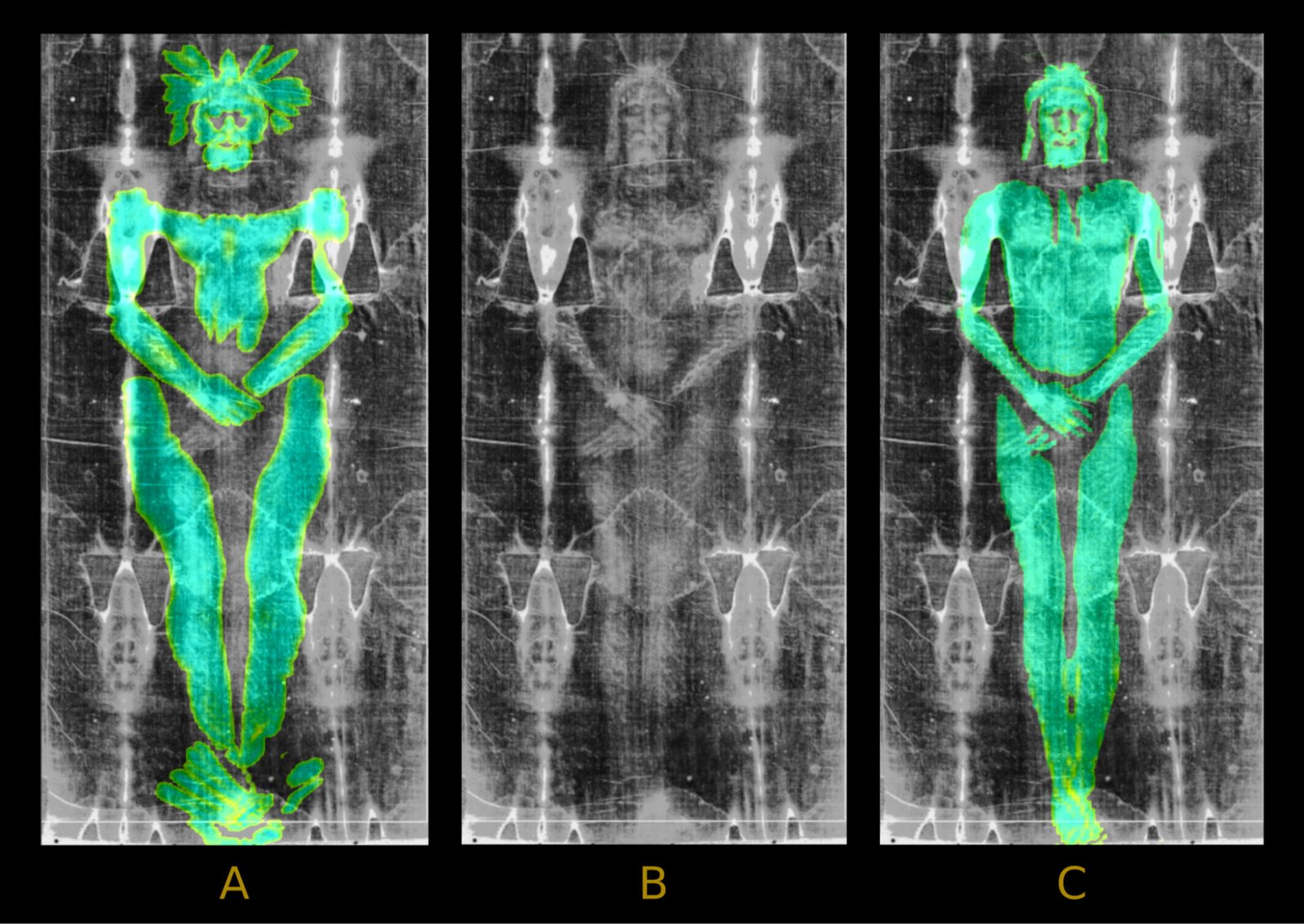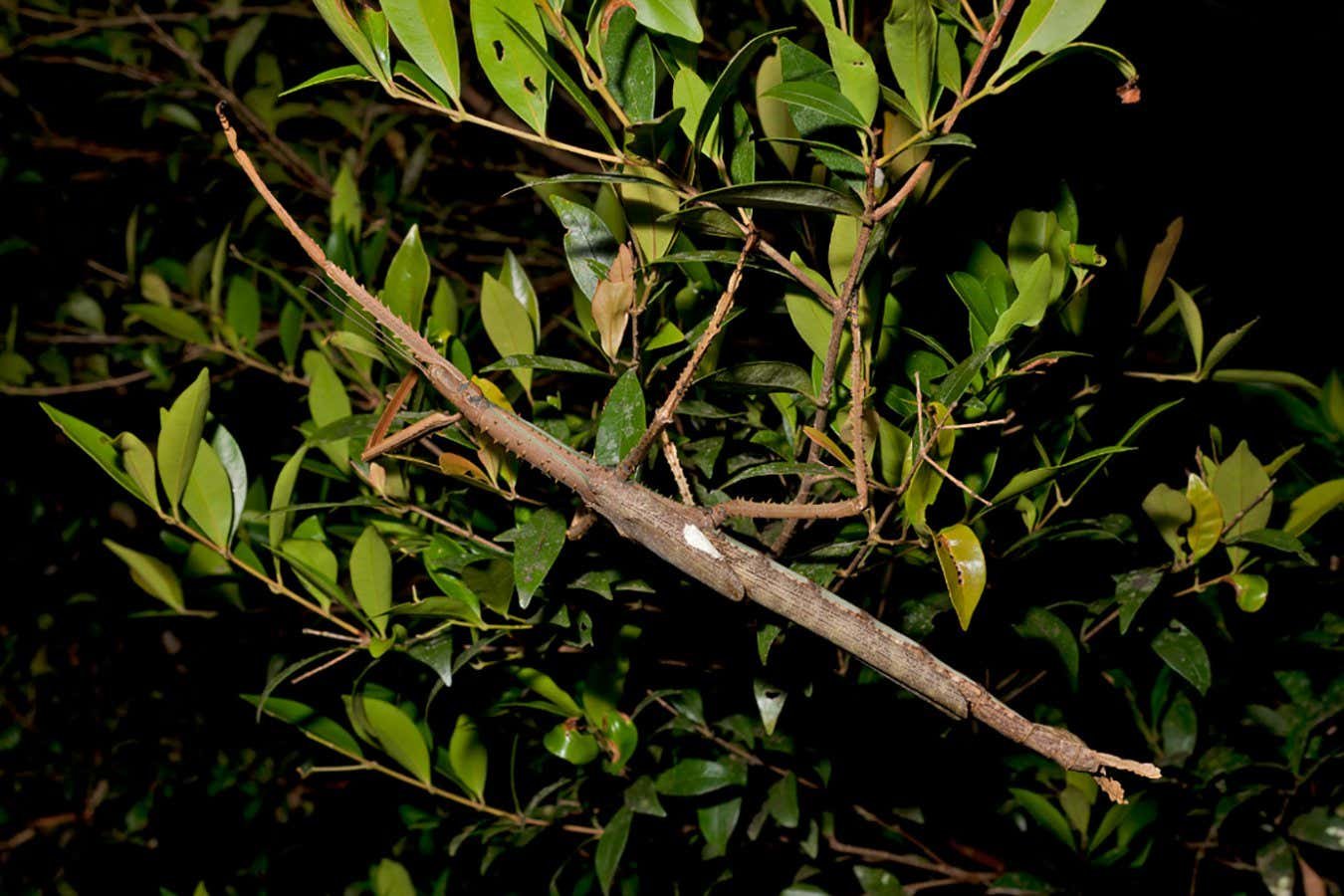
The Shroud of Turin is a famous artifact with obscure origins. How and when it was made has long been the subject of debate among many scientists, historians and religious leaders, alike. The two most prominent theories are that it was either created as a work of art during the medieval period or that it was a piece of linen that was actually wrapped around the body of Jesus Christ after his death over 2000 years ago.
Radiocarbon dating done in a 1989 study on the Shroud of Turin dated it around 1260 to 1390 AD, consistent with the medieval theory. Later, in 2005, Raymond Rogers argued that the tested sample from the radiocarbon dating came from an area that had been repaired, and was thus newer than the original cloth. And more recently, in 2022, a single thread from the shroud material was tested with a new—and somewhat controversial—method based on Wide Angle X-ray Scattering (WAXS), which claimed that the shroud dated back to the first century AD. If those results are reliable, this dates the cloth much closer to the time of Jesus.
Yet another study examined the blood patterns on the shroud and deemed them inconsistent with what would be expected with a deceased man lying flat. In fact, the authors stated that these blood patterns were “totally unrealistic.” This led to the idea that the blood might have been added to the shroud in a more artistic manner after its creation.
Recently, a study using 3D modeling with MakeHuman, Blender and CloudCompare has added more evidence to the debate. The study, published in Archaeometry, compares digital imprints of a three dimensional human figure and a low-relief artistic rendering—similar to a flattened statue—of a human onto a flat sheet.

The idea is that when a 3D object is wrapped with a 2D sheet, like a piece of cloth, the resulting imprint is distorted and appears to be much wider than when you look straight at the 3D object. This somewhat intuitive outcome is referred to as the Agamemnon Mask effect. The Agamemnon Mask is a gold funerary mask discovered at the Bronze Age site of Mycenae in Greece that looked like it had been rolled out flat after fitting to a face.
The digital imprint on the 2D surface which had been laid out on the 3D human figure appeared widened and distorted, as expected, unlike the imprint on the real Shroud of Turin. Instead, the low-relief model produced an imprint much more consistent with the Shroud’s actual appearance.
Cicero Moraes, the study author, writes, “The contact pattern generated by the low-relief model is more compatible with the Shroud’s image, showing less anatomical distortion and greater fidelity to the observed contours, while the projection of a 3D body results in a significantly distorted image.”

While this study does not give any particular insight into the dating of the Shroud of Turin, it does provide support to the idea that it was an artistic rendering. Low-relief art was also common during the medieval period, so this type of creation aligns with what might have been done during that time.
Moraes encourages others to test out the free and accessible software used in the study to replicate the results or delve deeper into other historical curiosities. He says, “This work not only offers another perspective on the origin of the Shroud of Turin’s image but also highlights the potential of digital technologies to address or unravel historical mysteries, intertwining science, art, and technology in a collaborative and reflective search for answers.”
Written for you by our author Krystal Kasal, edited by Andrew Zinin—this article is the result of careful human work. We rely on readers like you to keep independent science journalism alive.
If this reporting matters to you,
please consider a donation (especially monthly).
You’ll get an ad-free account as a thank-you.
More information:
Cicero Moraes, Image Formation on the Holy Shroud—A Digital 3D Approach, Archaeometry (2025). DOI: 10.1111/arcm.70030
© 2025 Science X Network
Citation:
Shroud of Turin image matches low-relief statue—not human body, 3D modeling study finds (2025, August 2)
retrieved 2 August 2025
from https://phys.org/news/2025-08-shroud-turin-image-relief-statue.html
This document is subject to copyright. Apart from any fair dealing for the purpose of private study or research, no
part may be reproduced without the written permission. The content is provided for information purposes only.




